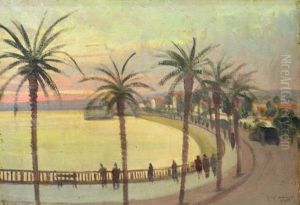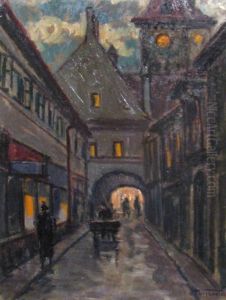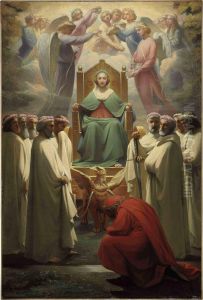Henri, Vicomte Delaborde Paintings
Henri, Vicomte Delaborde was a distinguished French art historian, engraver, and a notable figure in the 19th-century French art world. Born into an aristocratic family in 1811, Delaborde grew up during a period of significant social and political change in France, which influenced his perspectives and work throughout his life. Despite the turmoil of the times, including the fall of the French monarchy and the rise of the French Republic, Delaborde managed to pursue his passion for art and history, which was to define his career and contributions to the field.
Delaborde's interest in art history was not merely academic; he was actively involved in the art scene of his time. He was known for his work as an engraver, a skill that allowed him to reproduce and study works of art with great precision. This hands-on experience with art pieces contributed significantly to his deep understanding of artistic techniques and styles, particularly of the Renaissance and Baroque periods, which were among his areas of expertise.
Throughout his career, Delaborde held several important positions that allowed him to influence the direction of French art historical scholarship. He was a member of the Académie des Beaux-Arts and served as the director of the French National Archives, where he was involved in the preservation and study of France's historical documents, a role that further solidified his reputation as a scholar. His contributions to the field included numerous publications on art history, with a focus on the study of engravings, drawings, and the works of specific artists.
Delaborde's writings helped to shape the academic study of art history in France, emphasizing the importance of primary sources and the need for rigorous historical methods in the examination of artworks. His approach to art history was detailed and methodical, reflecting his belief in the importance of understanding the context in which art was created.
Henri, Vicomte Delaborde, passed away in 1899, leaving behind a legacy as a pioneering figure in the field of art history. His works continue to be referenced by scholars and students of art history, and his contributions to the preservation of French cultural heritage are remembered as vital to our understanding of European art history.


